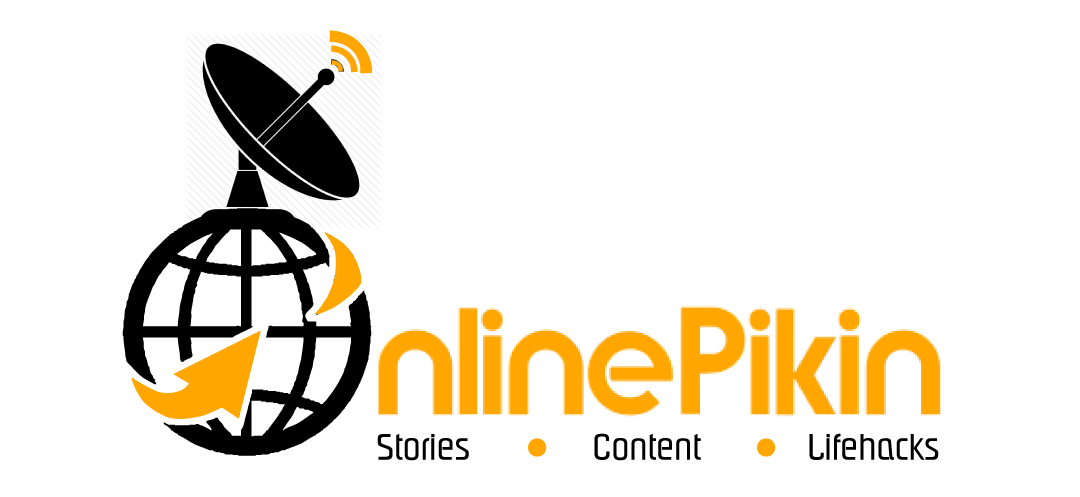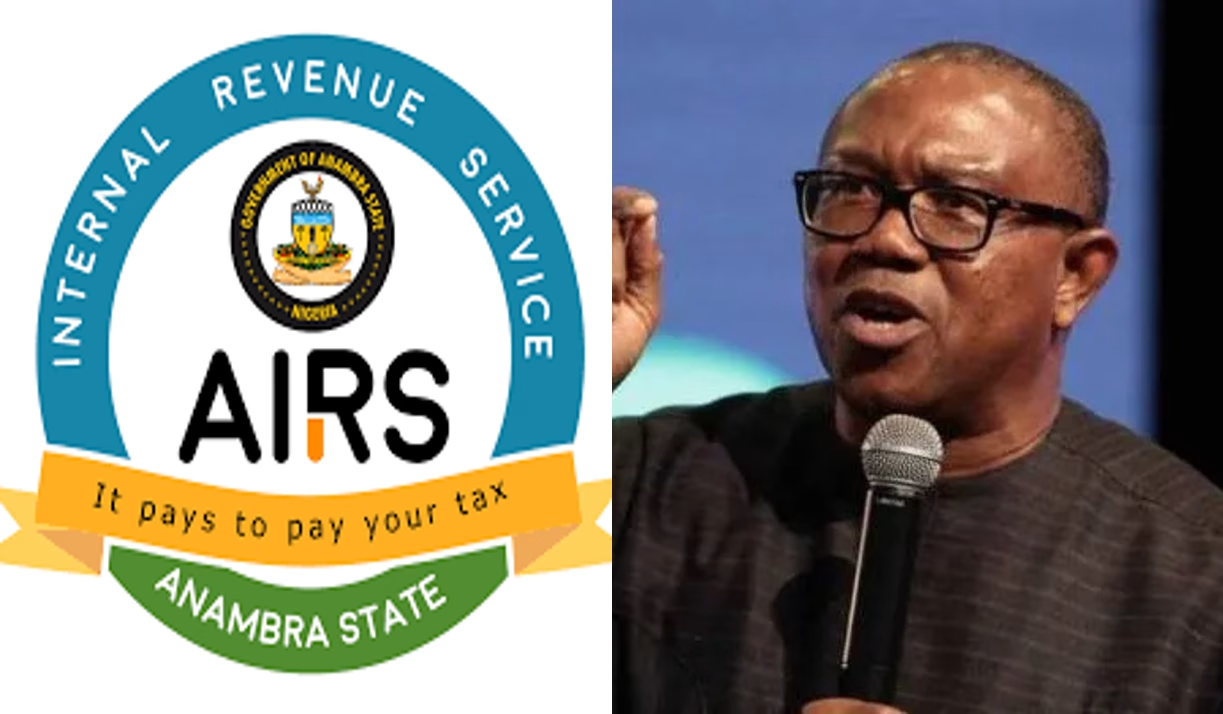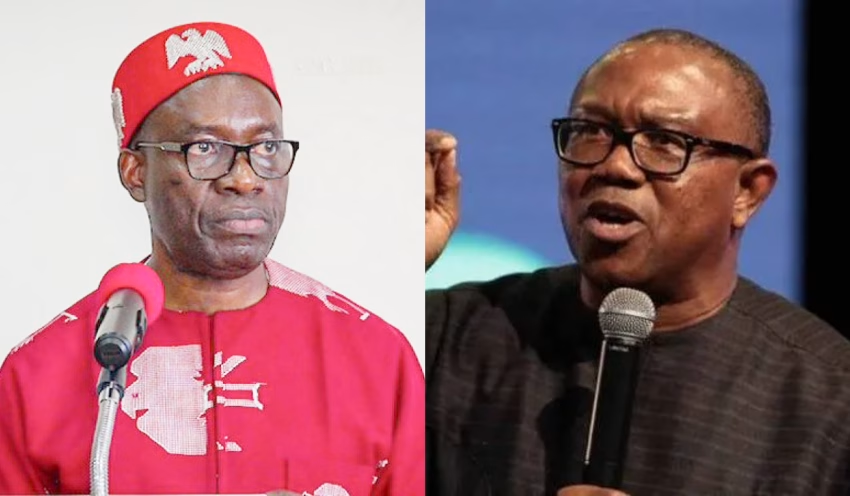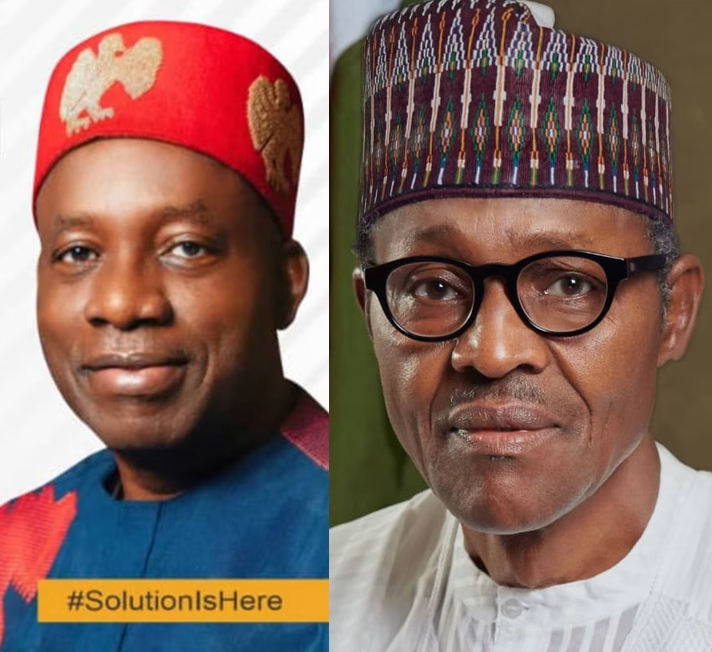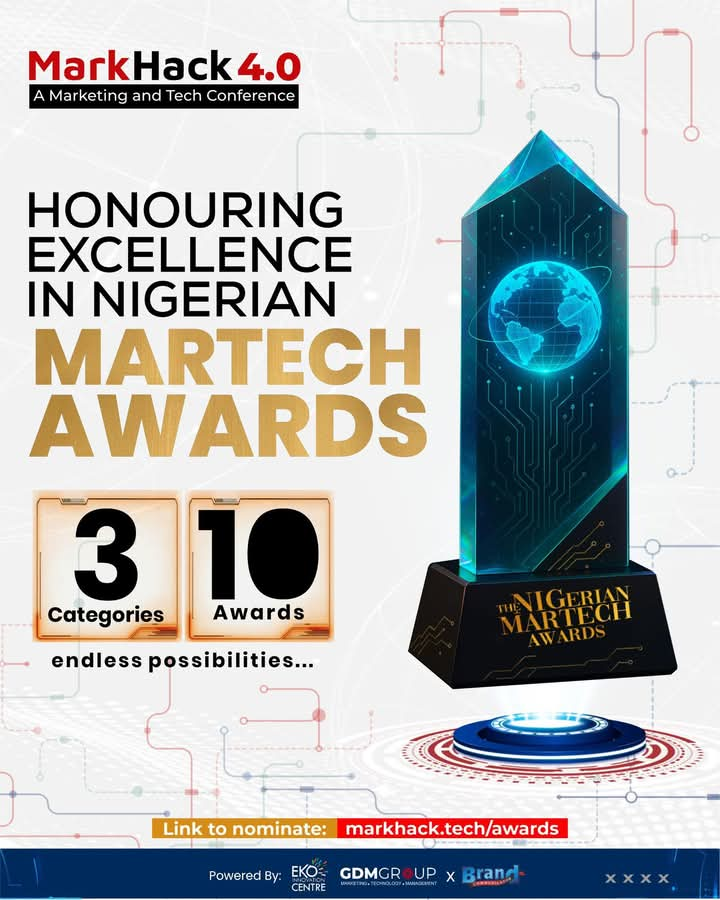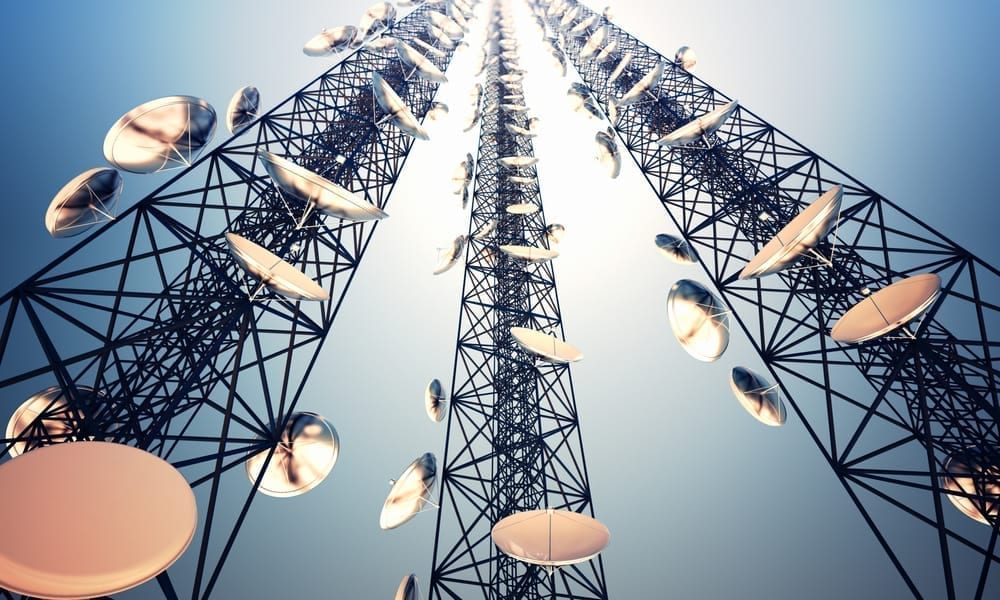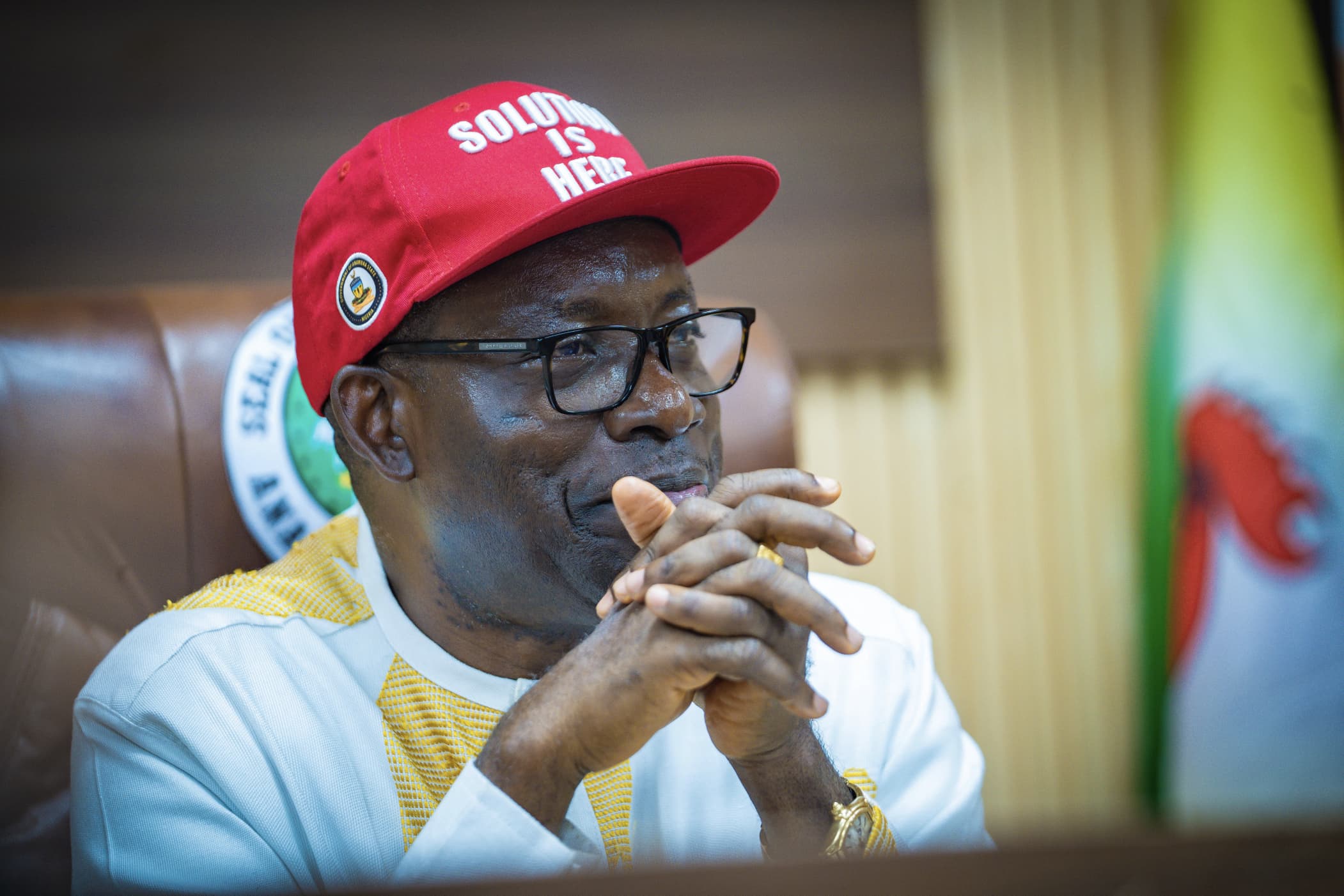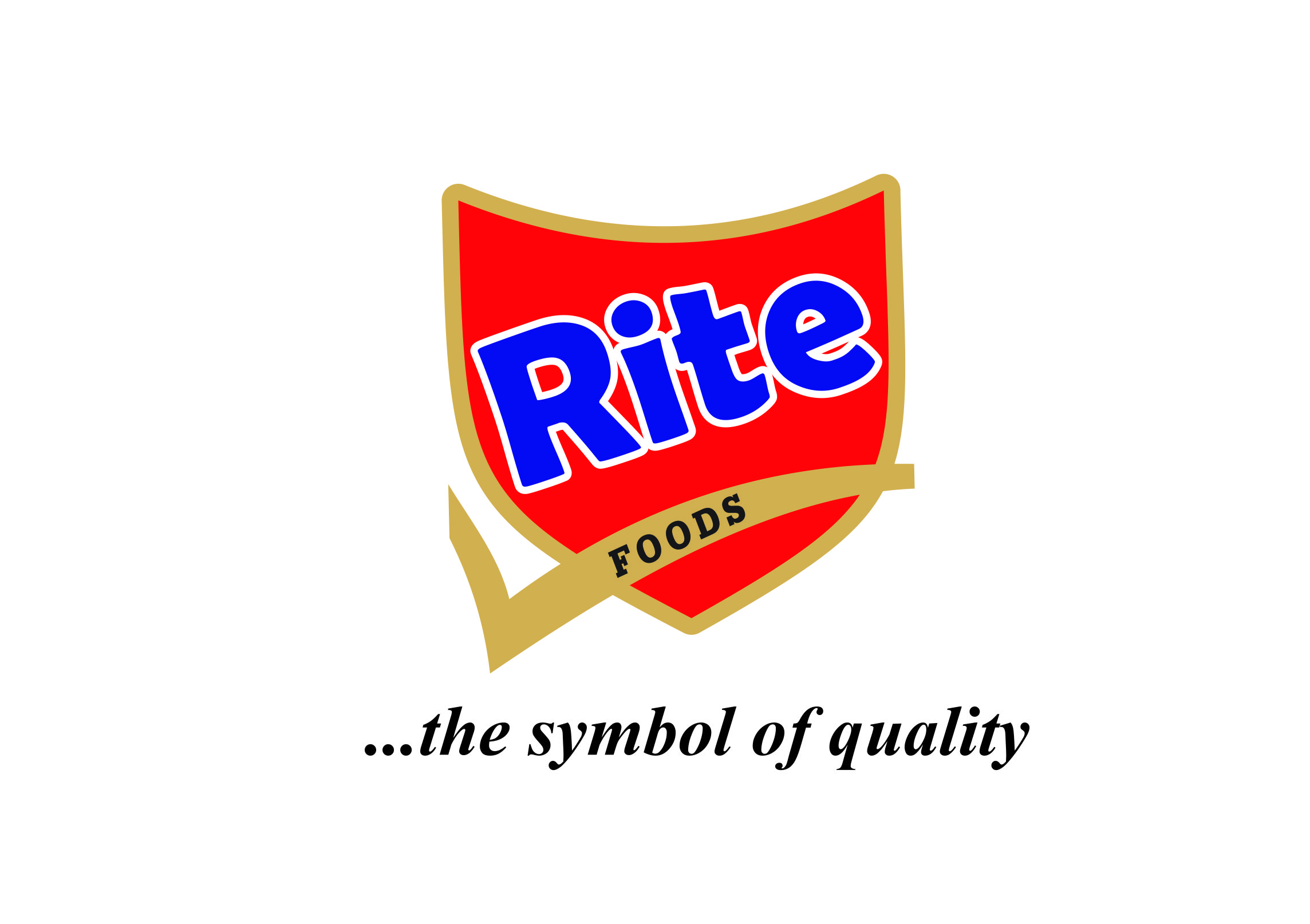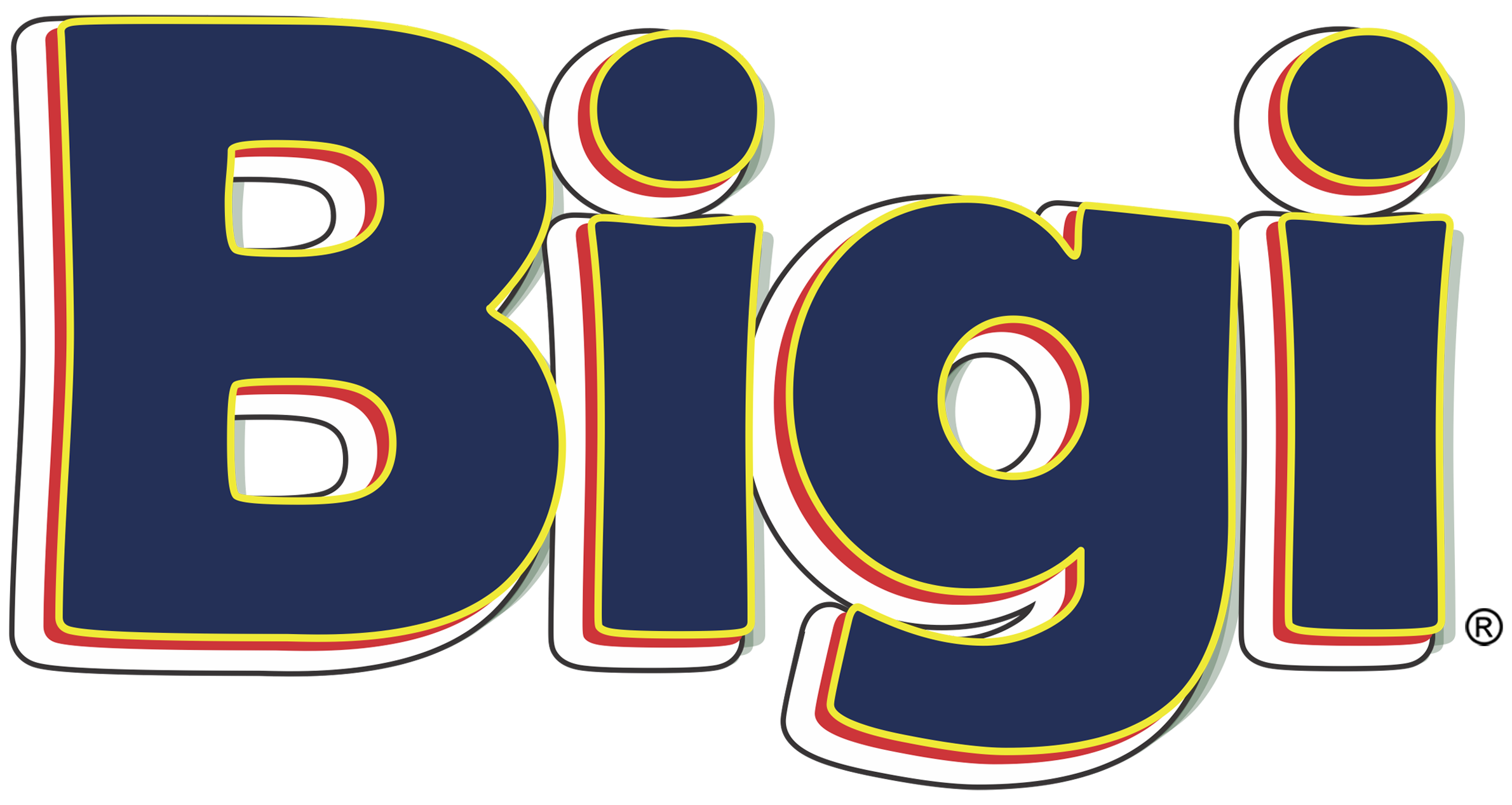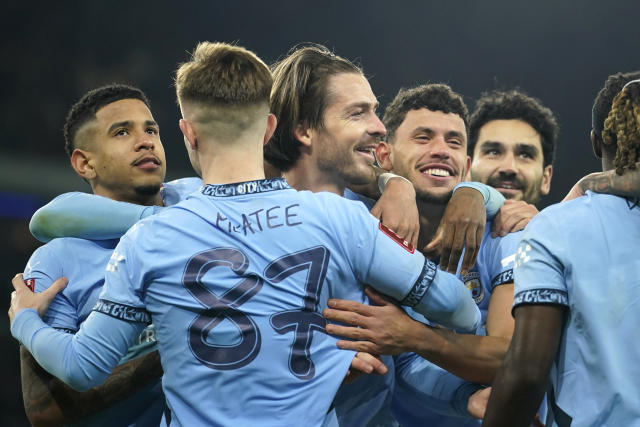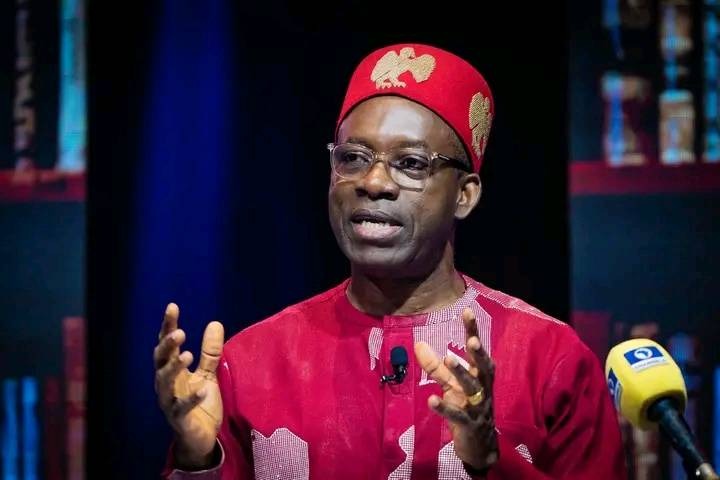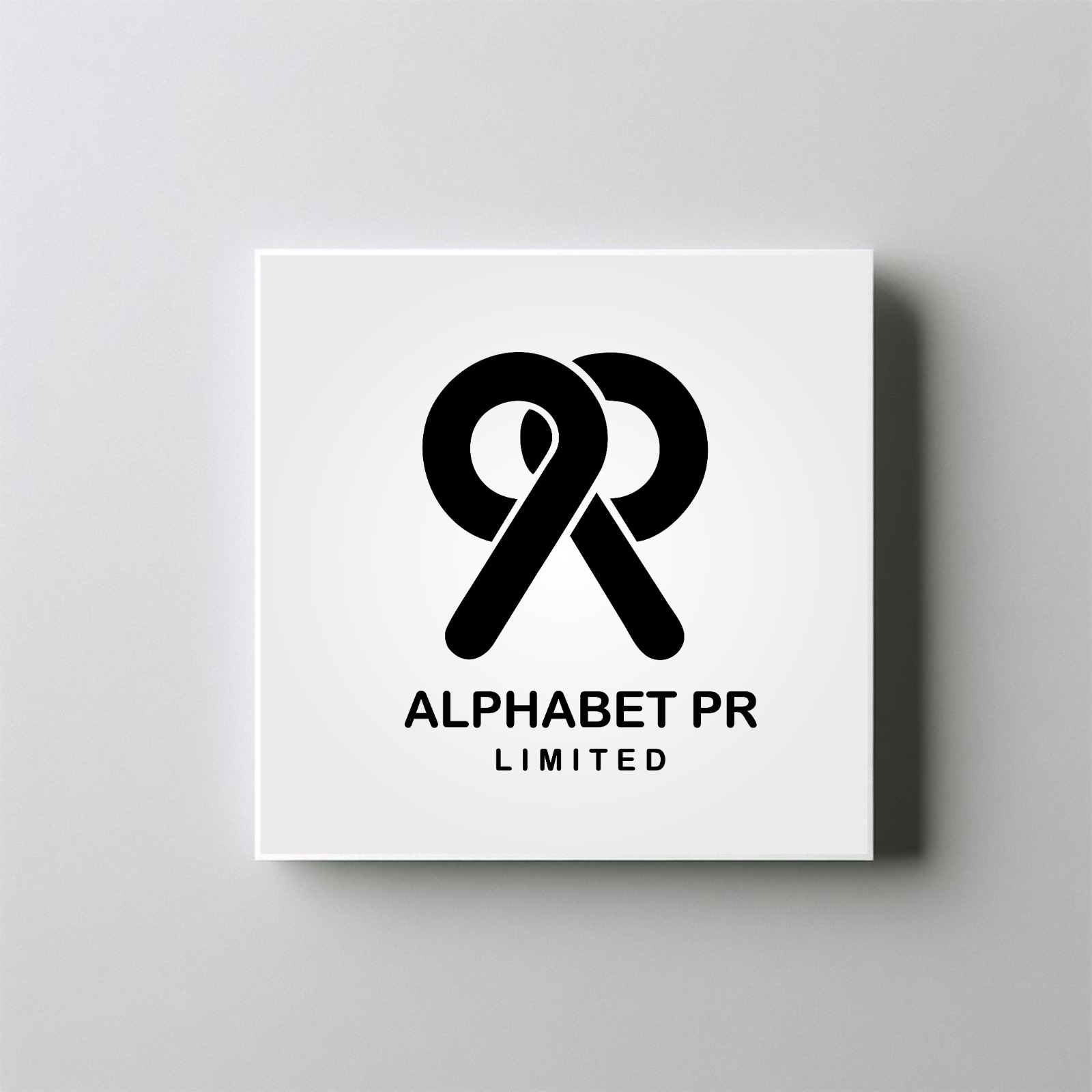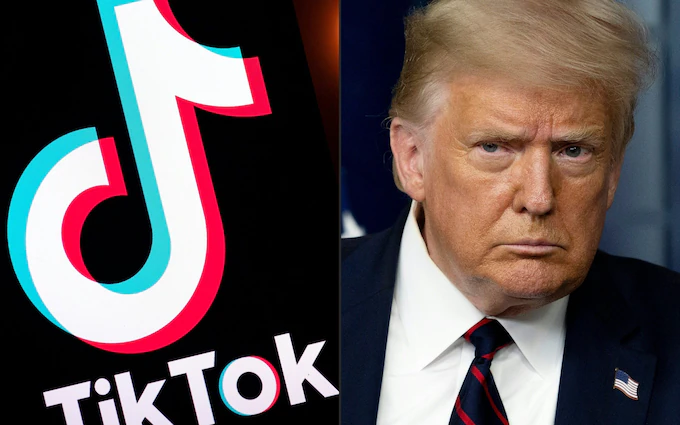NFTs, like cryptocurrencies or crypto, have recently become like digital slang on the lips of most savvy online users, content creators, and techies in the digital space. If you know little or more about cryptocurrencies, you’d know that NFTs are the next big thing in the digital world, worth learning or knowing about.
From research and a few interactions with tech and crypto experts, this article aims to inform and create a clearer picture of the internet’s latest obsession – NFTs — What they are, how they work, and their similarity with cryptocurrencies. Ultimately, you should be able to decide how to monetize your art form online and plan your future in the digital space.
Let’s dive in:
What are NFTs?
NFT stands for Non-Fungible Tokens. Non-fungible means it cannot be interchanged or exchanged with other individual goods or assets of the same type – by Non-Fungible Token, we mean that it is a unique, one-of-a-kind digital asset that belongs to ‘you.’ Yes! It belongs to you only or you alone however best you comprehend it. Remember it cannot be interchanged with any other asset.
There are several kinds of NFTs but right now, the most popular are music and artwork. It is also interesting to note that your online articles, videos, and tweets are joining the growing list of NFTs. Simply put, your digital content could be categorized and sold as NFTs. Hence, it would be wise to start thinking of ways to turn your art forms into digital tokens (NFTs) because buyers are on the rise for these ‘art collectibles.’ This hype is the major inspiration for many people and creators to turn their art into such digital tokens.
I hope you remember when Jack Dorsey, the billionaire founder of Twitter turned his first-ever tweet into an NFT, which was then sold for $2.9million. Study that carefully and you’d have a better grasp on the preceding explanation of why NFTs are unique. There is no other NFT that is the same as Dorsey’s NFT (tweet), hence its uniqueness. If you turn your art form into an NFT, it is unique and cannot be exchanged for any other.
NFTs & Cryptocurrencies
Please don’t confuse cryptocurrencies for NFTs. For example, a bitcoin is fungible, as you can trade one bitcoin for another or more bitcoins, so you get the same thing. On the contrary, a one-of-a-kind trading card is non-fungible, and that is where NFTs play. People or users confuse them to be the same or similar because NFTs are simply digital tokens in the blockchain network where cryptocurrencies also play. However, the value of NFTs is based on what someone is offering to pay for them. As such, demand for NFTs drives prices. If you create your artwork into an NFT, the value is based on what the buyer is willing to pay for it. Get that, yeah?
Across the globe, several NFTs are attracting millions of dollars in sales and users are increasingly becoming aware of the trend and how to plug into this new trend of digital assets. NFTs are created, or ‘minted’ from digital objects that represent both tangible and intangible items. They include art, GIFs, videos and sports highlights, collectibles, virtual avatars, video game skins, designer wear, music, etc.
Buyers of NFTs have exclusive rights to their collectibles. This means NFTs can only have one owner at a time, and its unique data makes it easy for ownership to be verified and tokens transferred between owners. Put it this way, instead of you putting a huge artistic work or painting in your office, you can get a digital file instead which only you have exclusive rights to.
One paramount feature and opportunity NFTs have created is that they afford artists and content creators a unique opportunity to monetize their content and assets online. For instance, artists no longer have to rely on galleries or auction houses to sell their art anymore, no physical space is required if you turn your digital assets to NFTs. You can sell directly to consumers as an NFT, which allows artists to keep more profits from their works.
Alternatively, creators can also program their NFTs in royalties to allow them to receive a percentage of sales whenever their art is sold to a new owner. You’d agree this is an enticing feature that creates more monetary windows for artists to cash in on their works.
In my next article, I’ll be exploring some steps required if you’re interested in NFTs – Purchasing NFTs and the marketplace you should consider if you want to create, buy, or sell yours.
I hope this helps.
…. To be continued (Part 2)
Authored by
Onoriode Akusu, a digital assets pro
LinkedIn: https://www.linkedin.com/in/onoriode-akusu-he-him-30196b90/
